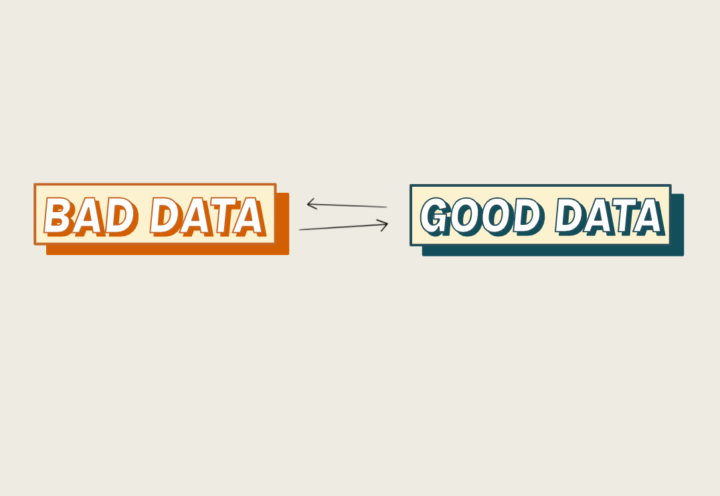Think you know wool? Think again. These innovative product developments will change the way you work with wool. From innovations reducing the impact of end products, to driving the adoption of cleaner process and technologies within the supply chain, this is Merino wool, but not as you know it.
Wind and water-resistant wool fabric
Merino wool tops are stretched, but not set, during what is known as Optim™ processing, constructing the fabric at a very high level of thread density in warp and weft. It is only when the fabric is wet finished that the stretch is released, causing the yarns to contract, and the creation of the immensely dense fabric. Advancements using Optim™ processing and stretch technology have led to double-faced fabrics, luxurious drape fabrics, and soft hand-feel qualities.
Wool faux fur
An increasing number of brands continue to remove traditional fur from their collections. Merino wool presents a natural alternative to animal hide and synthetics. Innovatively knitted from Merino wool yarn, wool faux fur fabrics are cropped and brushed to replicate a traditional fur or shearling look and feel. Garments created with wool faux fur have the added natural benefits of thermoregulation, breathability, odour resistance and the peace of mind that the fabric comes with a less impactful environmental solution than synthetic faux fur.

Seamless knitwear
Engineering a garment with seamless knitting technology enhances wool’s performance benefits to create garments which are flexible, diverse, visually appealing and comfortable. Seamless knit and flat-knit technology from Santoni, STOLL, Shima Seiki and Karl Mayer is revolutionising the use of Merino wool for seamless apparel and whole-garment constructions for base-, mid- and outer- layers. By engineering a garment to have features such as compression and breathability points on a single surface, it allows for greater structure diversity and comfort. What’s so unique about seamless apparel is that it allows for a combination of different patterns and knit stitches in different colours on the one piece of fabric.

Digital printing
When it comes to wool innovations, digital printing has paved the way for near-photographic printing on wool. Counter to traditional print methods, digital printing is quick and personalised, using direct-to-fabric machines minimising the investment in screens, print tables and additional washing equipment.
Similar to a home inkjet printer, the fabric is passed under the head of the printer allowing for printing on smaller lengths of fabric, lessening its demand for water, chemicals and textile waste. Chemicals and water usage are significantly reduced when choosing digital printing, and inks can be recycled to minimise environmental impact.
Wool velvet
Velvet, or velour when knitted, is a fabric prevalent in textile history and synonymous with luxury. The addition of wool elevates the already premium velvet fabric features whilst also adding an elegant drape, improved stain resistance and most importantly warmth and insulation to the end use product. Manufacturing both traditional velour and velvet includes a shaving or thread cutting process which results in fibre shredding — wool’s natural properties mitigate excessive landfill contribution whilst avoiding chemical waste generation associated with synthetic velvet.
Wool wadding (wool filling)
Wool offers a natural alternative to traditional synthetics or down used in quilted garments, outdoor sleepwear or outerwear. Wool’s natural stretch and crimp creates insulating air pockets, offering superior protection from the cold. In fact, wool fill offers warmth with 25% less weight compared to polyester filling and because of the fibre’s breathability, it also creates a drier, more comfortable microclimate within garments. Wool wadding is created with layers of carded wool batts, that range from 85gsm to 250gsm. The innovation of wool filling replaces down or feathers with small wool balls called wool nepps or wool noils.
Wool footwear
Advancements in knitting technology have facilitated the use of wool in footwear. Combining wool with different yarns in a shoe upper draws on wool’s natural properties to promote dryness, breathability, freshness (anti-odour), comfort and warmth. With fully fashioned knitwear uppers, waste is reduced by directly mounting the shaped piece onto the sole of the shoe. Filament-wrapped wool yarns add strength and resistance to abrasion, extending the wear of the shoe.
Discover more about the latest innovations in wool.

This guest blog is written by our partner, The Woolmark Company, one of the world’s most recognised and respected brands, representing a commitment between woolgrowers, brands and consumers on the authenticity and quality of the fibre that connects us.



